In the same way that the Dreamtime in Australian Aboriginal culture is not immediately accessible to people who are not part of it, being able to fully appreciate Aboriginal art is equally challenging. But, like with anything else, once you nudge the door just a bit, an avalanche of surprises will fling it wide open.
The chance to connect with aboriginal art presents itself at the Living Water exhibition currently on display at The Ian Potter Centre: National Gallery of Victoria (NGV).
The exhibition is comprised of 107 Felton Bequest gift paintings by male and female artists from newly established art centres in the Far Western Desert, an area stretching across far flung parts of Western Australia and South Australia.
Judith Ryan, Indigenous Art Curator at the NGV, told The Epoch Times that the exhibition reflects an exciting time of exploration in Aboriginal art when artists are influencing, challenging and learning from each other.
“This is what this exhibition is bringing to the fore; it’s about even very senior artists who have only just started painting, so there’s a sense of discovery and exploration”, said Ms Ryan.
There is much to explore for the viewer as well, on many levels. While the works are rich in symbolism, Ms Ryan insists: “You don’t have to read more, but if you read about it you can appreciate it both as a work of art and as a narrative. But there is also a certain art history going on as well; there’s a sort of relationship of art to previous art that has also affected these artists.”
Ms Ryan explains that initially it was the men who owned the dots, men’s designs on the body and their shields were dots. When women started painting, they obtained permission from men to use dots in their paintings because the women’s traditional designs are striped.
“This combination of lines and dots is something that, through the work of Papunya Tula artists in the 1970s and the women in other communities, has become the stock and trade of artists and is a form of Indigenous art history.” said Ms Ryan.
A Visual Language
Aboriginal people from across the Western Desert use the term “living water” to describe water sources, including rock holes and soakage waters that are fed by underground springs. The path of these springs was created by the ancestral beings of the tjukurrpa (dreaming) as they themselves journeyed underground, their entry into the Earth often marking the site of current day water sources.
The picture that starts to emerge is of a more than intimate connection to the land, to the undercurrents that sustain life and a great sense of being identified by place.
“The signs and symbols used are a visual language and each one encodes specific information about place, about particular sites and ancestral beings and the tjukurrpa (dreaming). If we look first at the Spinifex and Pintupi paintings, those are ancestral journeys through a conceptual mapping of sacred sites; those things are obvious. And then we see the works of the Martu and Yulparija artists from the Great Sandy Desert.” said Ms Ryan.
The Martu people encompass a number of different language groups, but they all come from The Great Sandy Desert with its vast salt pans, salt lakes, spinifex and giant sand hills.
Each work is both a self portrait and a story. It is the expression of the inner, outer and the greater common myth.
Without understanding this great connection to the land, it is futile to try and understand Aboriginal art. The connection is far more acute than in many, if not most, non-Aboriginal cultures and for this reason, viewing a work by an Aboriginal artist without understanding this would not do it justice.
Spiritual Nature
“Aboriginals see themselves as part of nature. We see all things natural as part of us. All the things on Earth we see as part human. This is told through the ideas of dreaming. By dreaming, we mean the belief that long ago, these creatures started human society. These creatures, these great creatures are just as much alive today as they were in the beginning. They are everlasting and will never die. They are always part of the land and nature as we are. Our connection to all things natural is spiritual.”
One of the works in the exhibition depicting Lake Dora at Punmu is a collective homage to Muni Rita Simpson, who was the first to use expanses of white to represent the salt pans. When she passed away, her sister Rosie Williams and Yikartu Bumba, together with a group of women, painted the same site using this way of expressing what it is to stand on the salt lake.
There is anecdotal evidence that when the work was exhibited in Adelaide in 2010, the women were asked by a non-Aboriginal person why it was so white. They laughed and said: “Well, have you stood on the lake?”
“These artists were all born in the bush and they grew up walking on foot through this country and therefore, they know it intimately as if it’s part of their own bodies,” said Ms Ryan.
Titled Ngayarta Kujarra, NGV Director Gerard Vaughan said it was an “incomparable masterpiece”.
Visually, the painting is quite simply the most direct expression of the women’s love of the lake, of their sister, the sand hills, songs and dances that took place on it. But it also says: “I am it. It is me.”
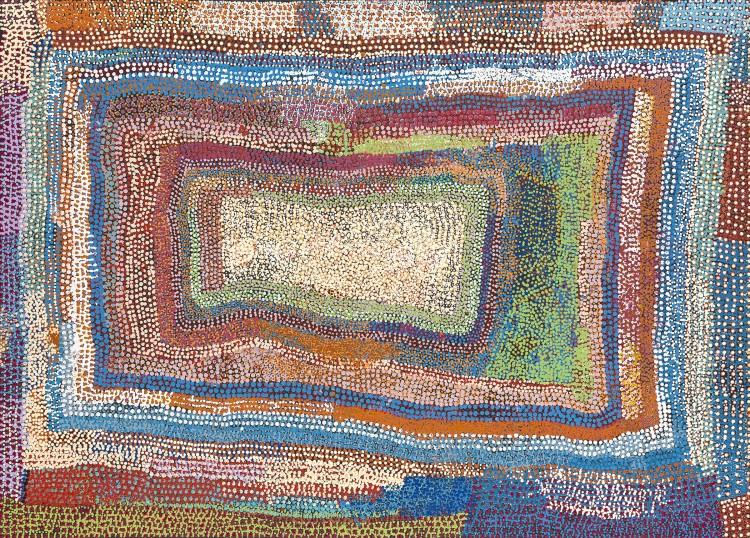
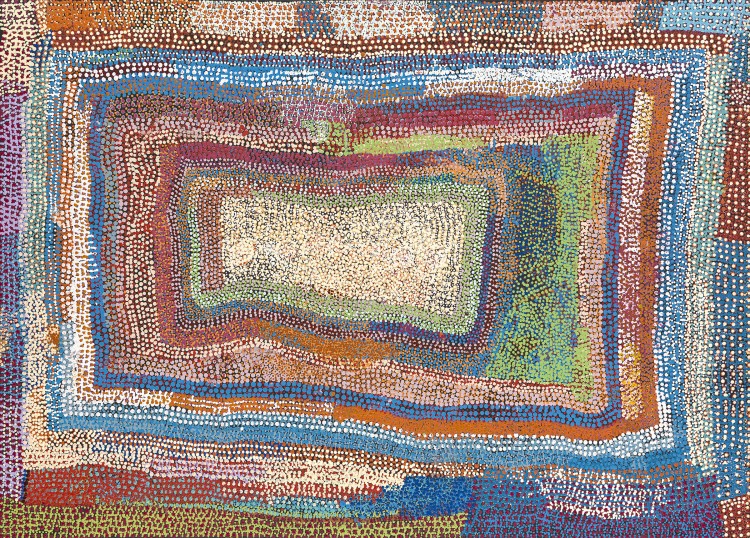
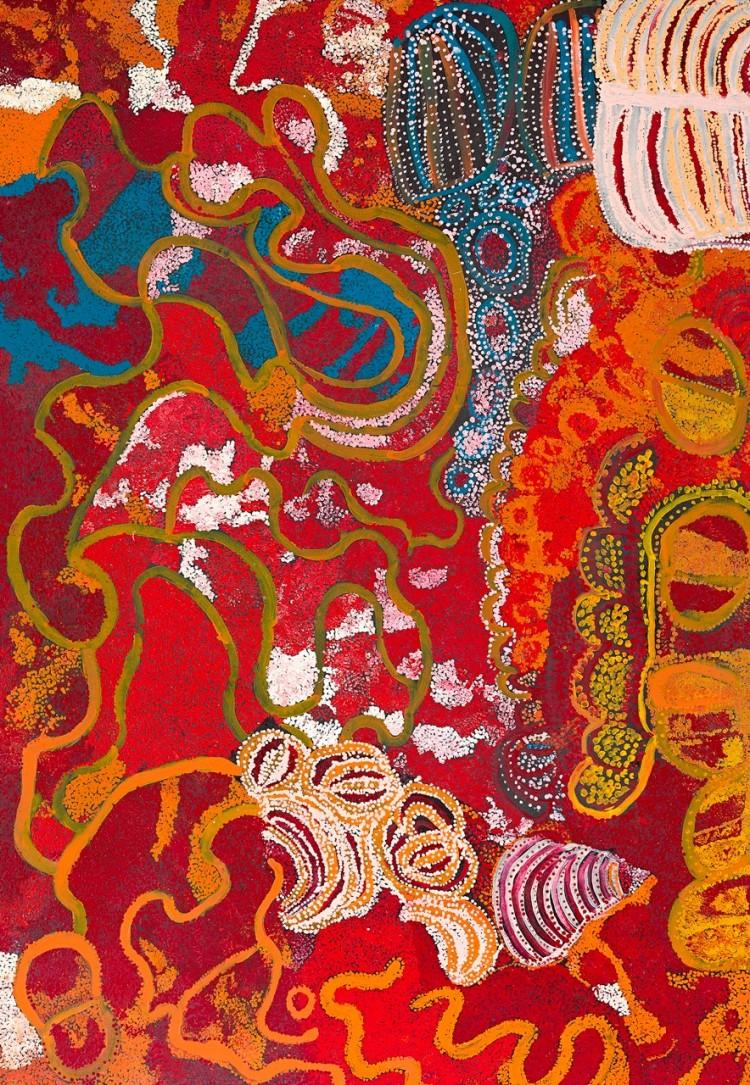
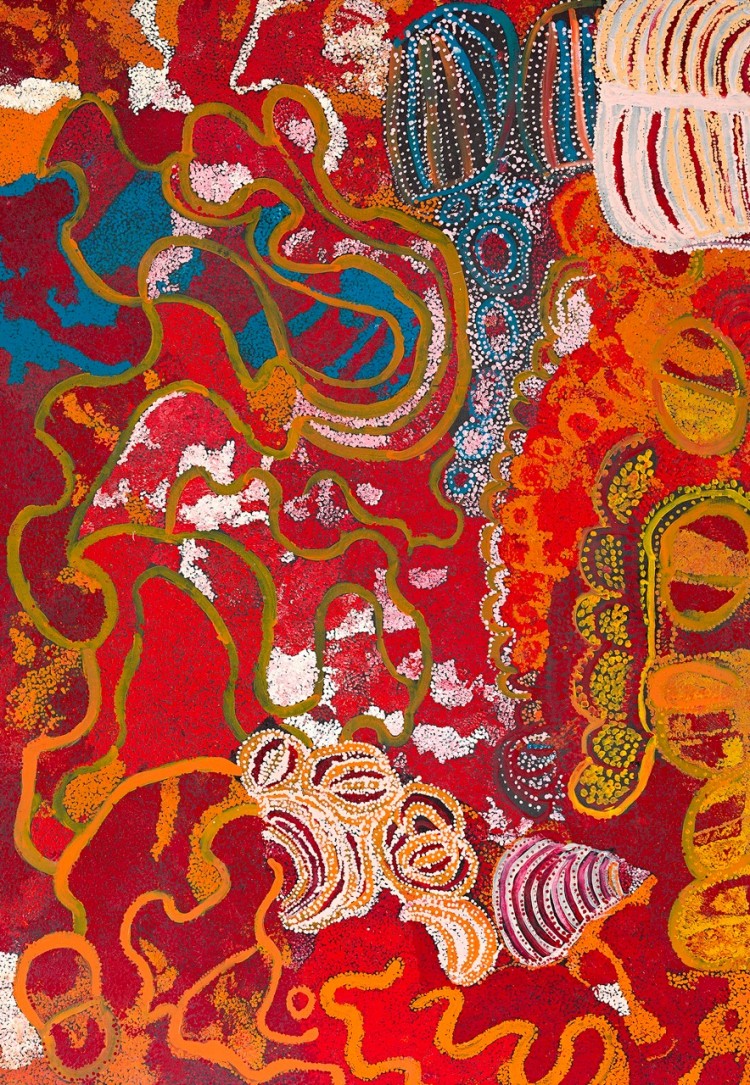


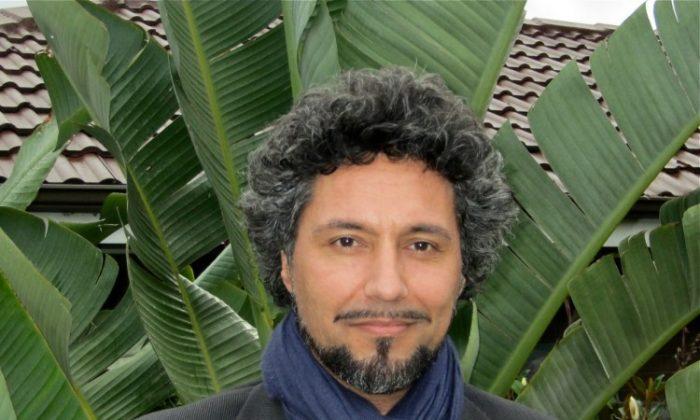
Friends Read Free